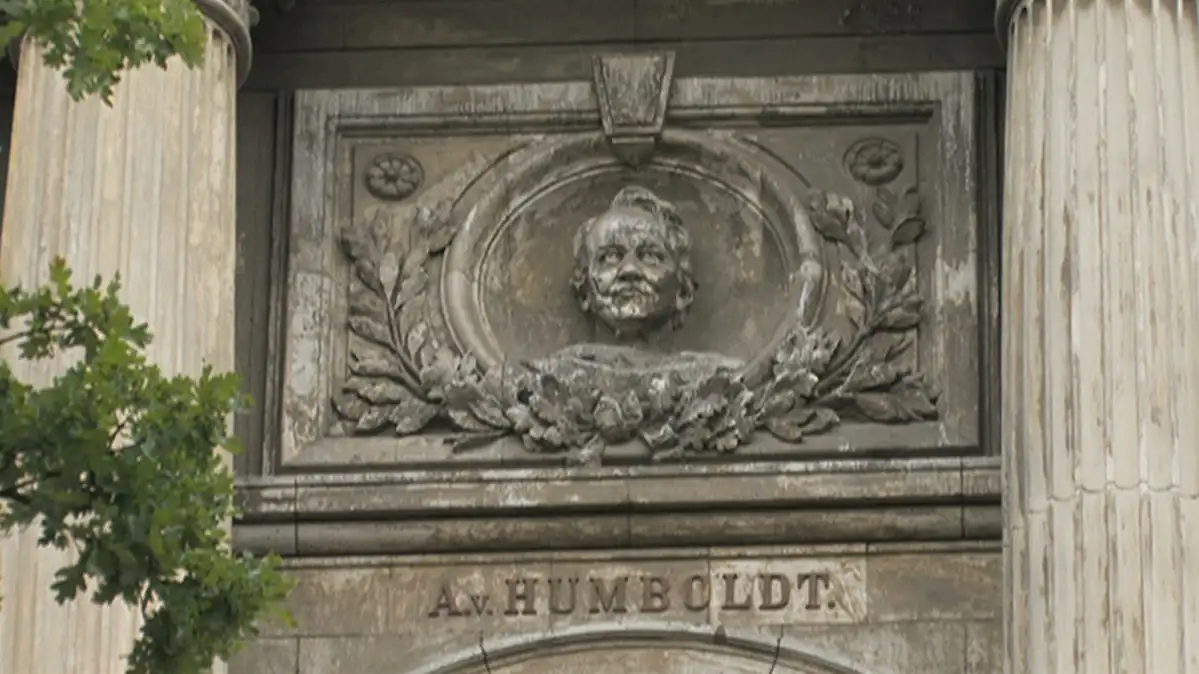Alexander von Humboldt donated much of what he brought back from his travels to the Natural History Museum in his home town of Berlin. A polymath whose interests ranged from botany and biology to demography and sociology, Humboldt viewed the world in a quite modern, holistic manner. Before he travelled the globe he studied at the college of mining in Freiberg in Saxony; various works of his are on exhibit there, including an original safety lamp he constructed for the miners. In the next place he lived, Bad Steben in the Franconia region, he established the first technical mining school in Germany. An educational trail there shows Humboldt's ideas for improving mining. A highlight is the Friedrich-Wilhelm-Stollen, the only preserved experimental adit designed by Humboldt.
After his world travels, he lived in Paris, Potsdam and Berlin. There, 1959, Alexander von Humboldt died at the ripe old age of 89 — one of the best-known explorers and scientists of his day.
